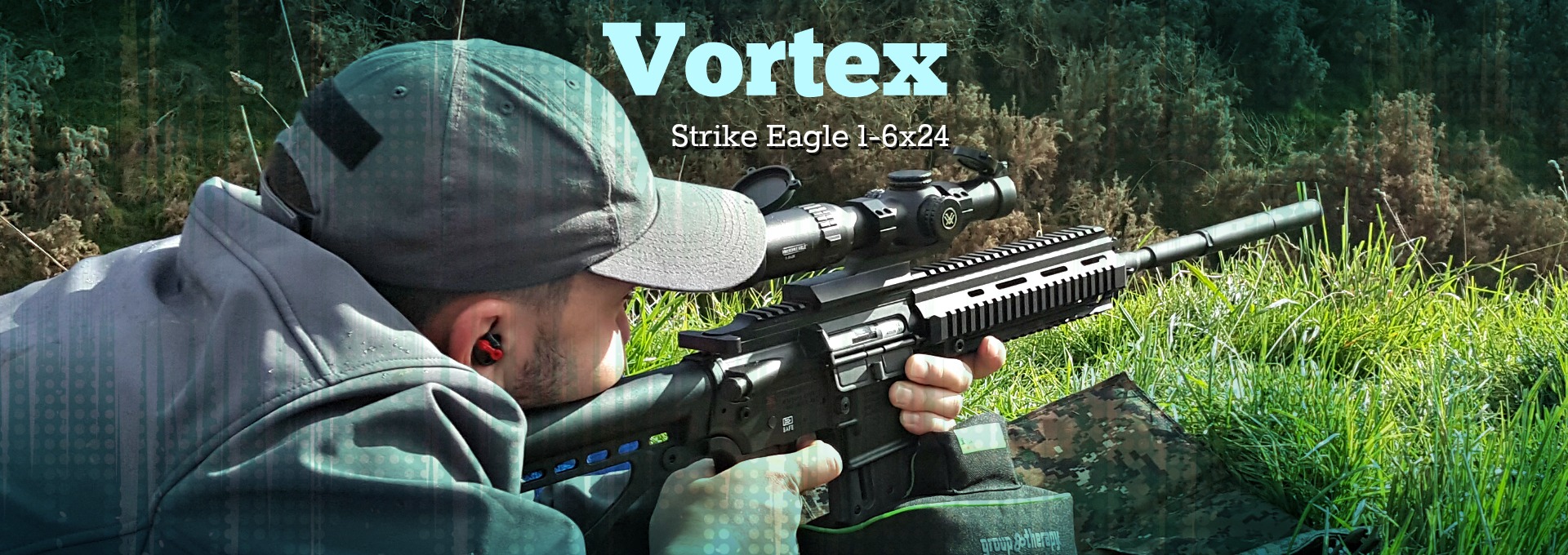Smith & Wesson is well known for their popular sporting rifles and innovative firearm designs. They also make many hunting and shooting accessories, including the SW990 knife. It’s a tactical-style knife at a CB price-point, what’s not to love? Here’s my review of this offering from S&W.
The purpose of the knife
As long as you buy this knife for the purpose for which it was designed, you should be happy. This is not your main skinning knife or an 18th birthday present – it’s a functional backup knife with some pretty cool features.
Firstly, this knife comes in two designs. There’s the drop point blade in a bead-blasted, stainless finish. There’s also the modified Tanto-style, which has more of a tactical look, and a black oxide finish. The blade itself is 440C stainless steel. This type of stainless steel is very common in knife-making and features a very high carbon content and corrosion resistance.
It’s a full-tang design, which means optimal strength. The blade and zytel handle are both skeletonised, which may be to reduce weight, etc, but realistically I think is just because it looks cool. The thumb ramp and finger guard are both notched for better grip. The overall length of the knife is 170 mm, with a 75 mm blade. Including the sheath, the length comes to 195 mm – it’s a pretty compact unit.
This knife comes with a plastic sheath that is meant to be hung around the neck or attached to a backpack. My particular knife didn’t come with the ball chain I see advertised on other sites, but I didn’t pay much for it, so I can’t really complain. The sheath has two small holes to loop the chain through so that you can attach it to your pack, or as mentioned before, hang it from your neck.
The nearly indestructible plastic sheath also features an emergency whistle, which is a great thing to have if you’re hunting or climbing and the darkness or weather rolls in quicker than expected. The sheath also has a very positive lock, keeping the knife in place, even when it’s hanging upside down.
Although designed and marketed by S&W, the knife is produced in China. Worried about quality? Well, there’s not much that could go wrong with this simple, no-frills design. The only negative thing I have to say about this cheap and well-made knife is that it is not as sharp as I would have expected. Of course, this is easily remedied with a bit of sharpening – which is not unusual with a new knife.
Overall, for the $10.50 it cost me on Trademe, plus the $5 overnight courier to my work, I’m very pleased with this knife, and it will be going on my backpack before the next time I head out.
If you’d like to know where you can get one of these (aside from a quick Google search), leave a comment and I’ll give you the name of the Trademe trader I bought mine off – he (or she) seems to have plenty more.

















